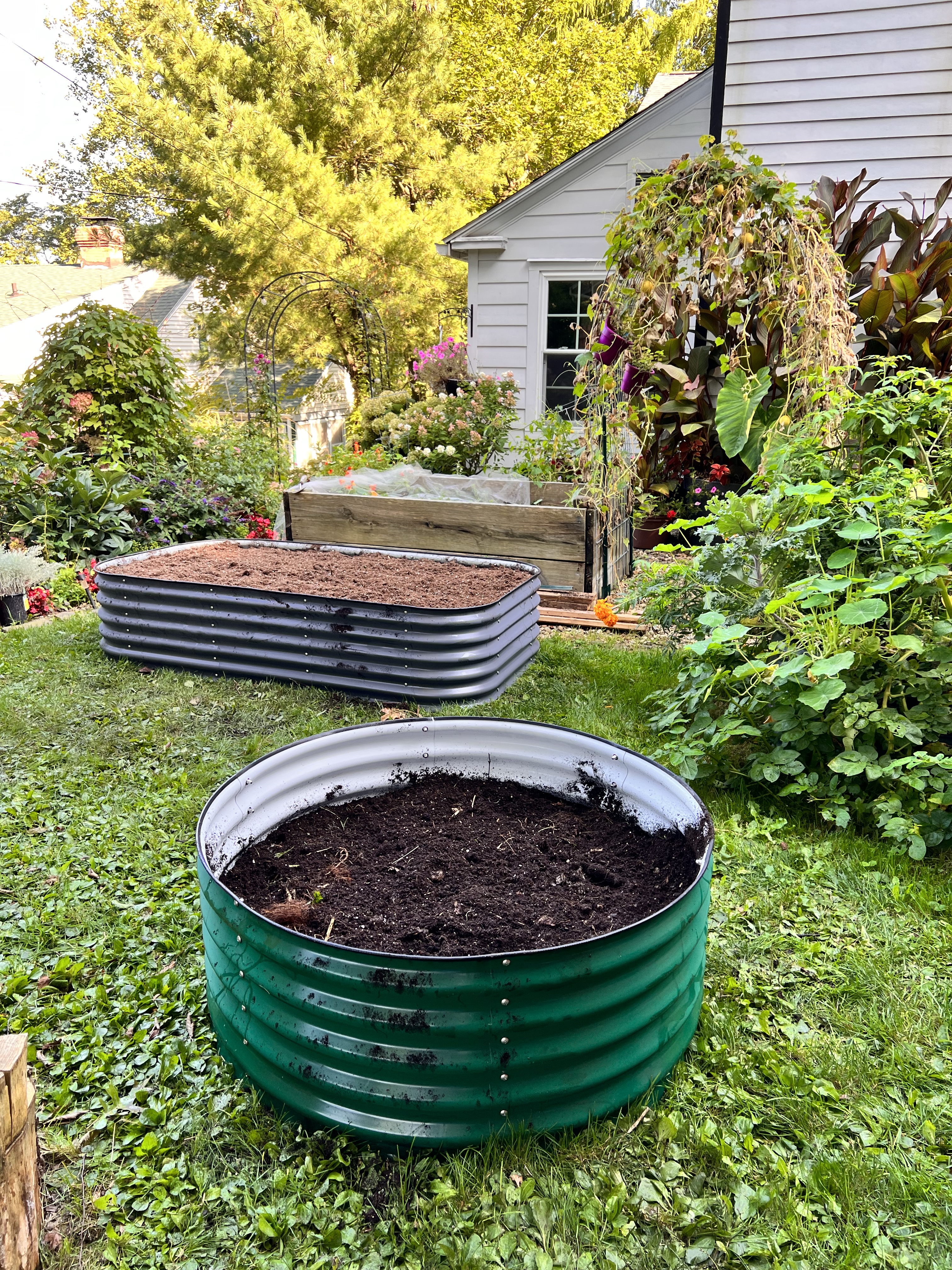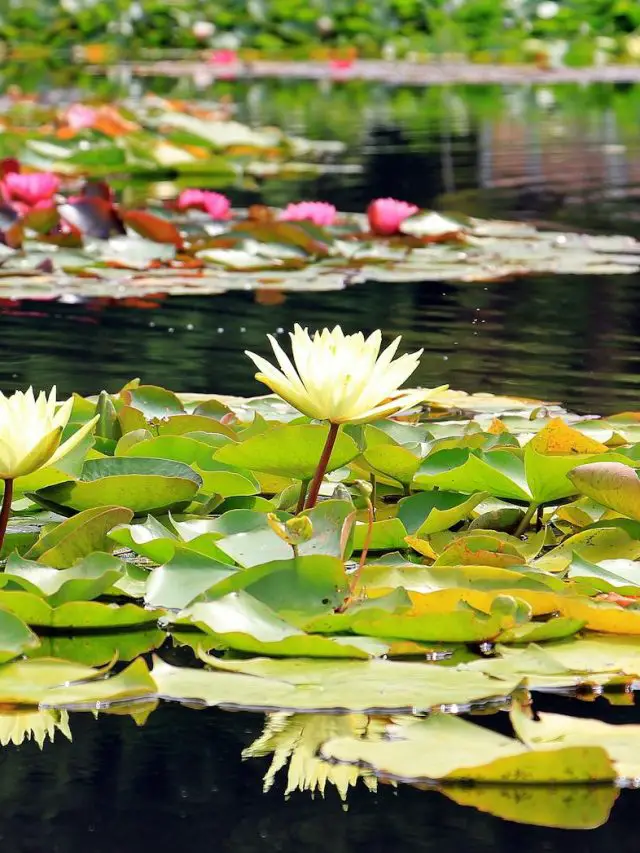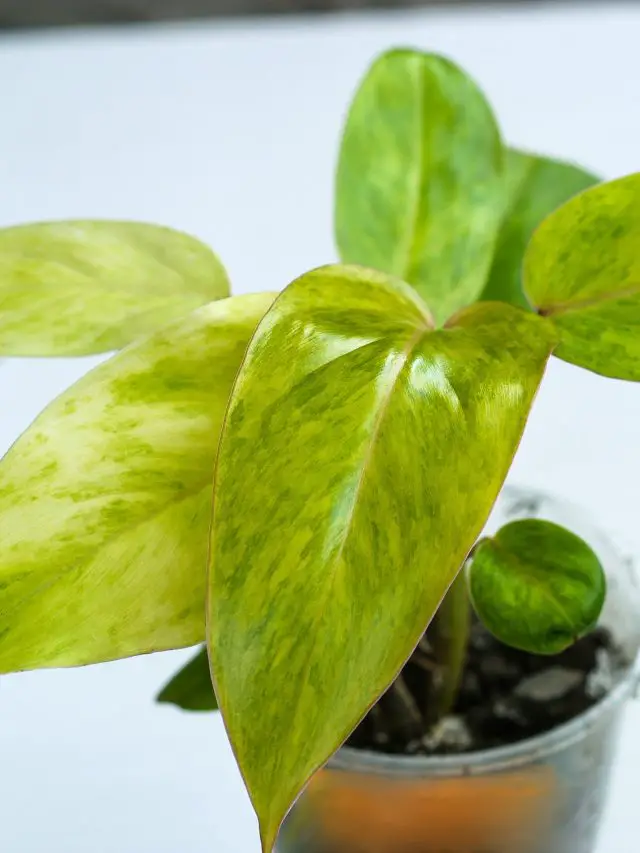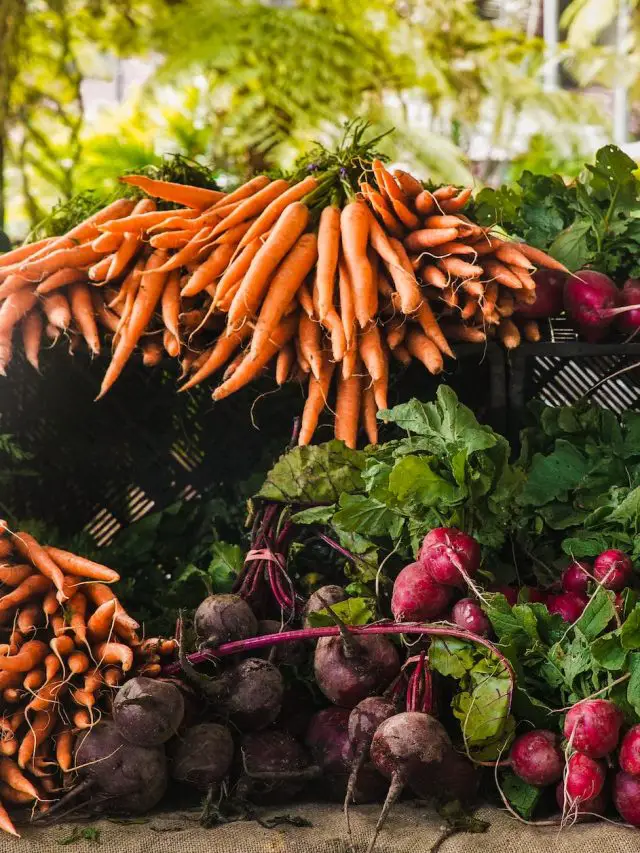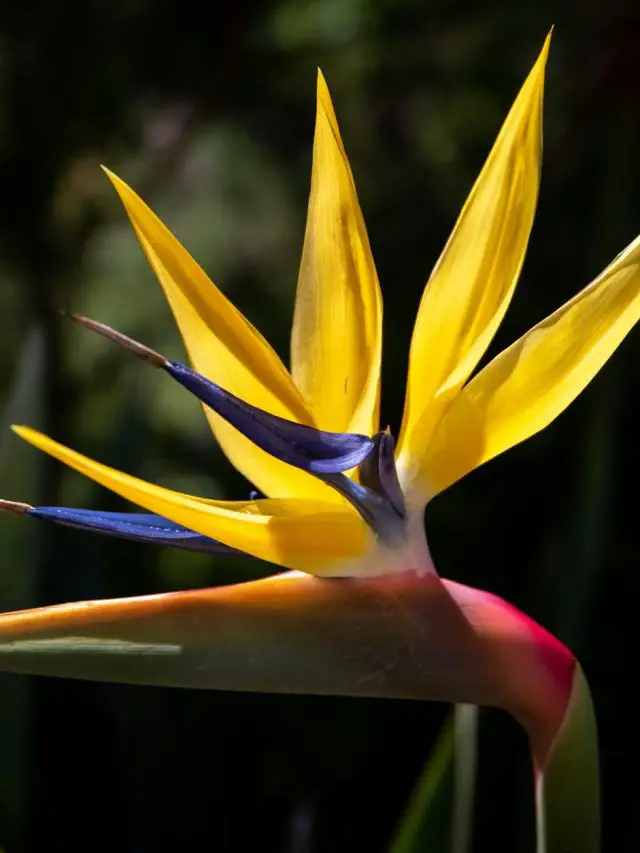Polynesian Ivy Houseplant Care Tips
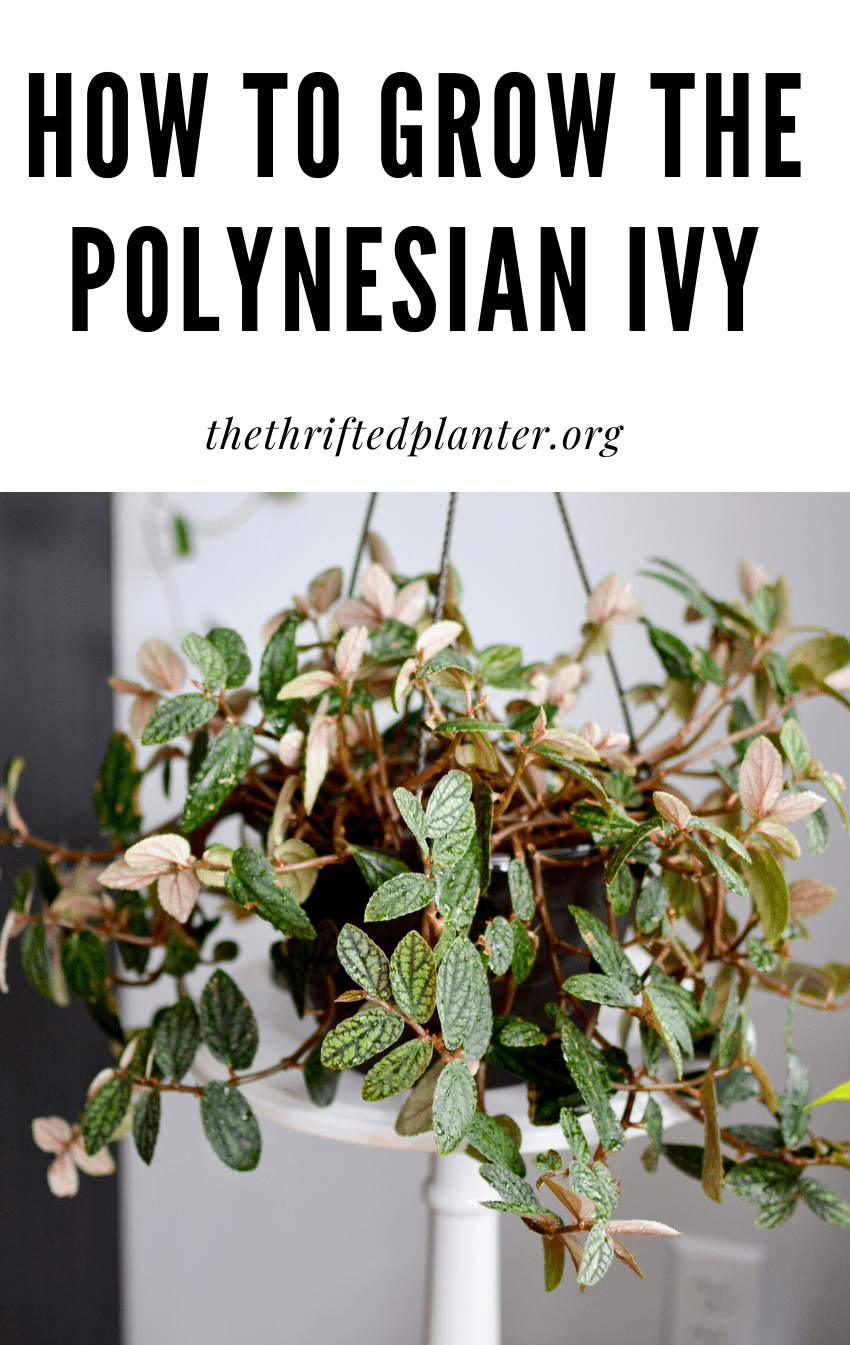
Polynesian Ivy, also known as Pellionia Pulchra or Satin Pellionia, is a beautiful and easy-to-care-for houseplant with trailing stems and variegated leaves. It’s a popular choice for hanging baskets or adding a touch of greenery to shelves and desks.
They don’t ask for much, but give in the way of beautiful foliage. They do offer blooms but they are considered insignificant in the houseplant community and it would be best to pull them off to redirect energy back to the plant.

This blog post may contain affiliate links. I may earn a small commission to fund my houseplant habit if you use these links to make a purchase. You will not be charged extra, and you’ll keep me in the garden. It’s a win for everyone, really.
How to grow Polynesian Ivy indoors:
Lighting:
This houseplant love bright indoor light preferably from an east facing window. Some direct light from the east facing window is also appreciated. During the summer months the Polynesian Ivy does well being placed in a shady spot in the garden. You will be surprised at how much growth houseplants can put on when they spend the summer in the garden.
Temperature:
Polynesian Ivy thrives in warm temperatures between 65°F and 85°F (18°C to 29°C). Avoid placing it near drafts or vents, as sudden temperature fluctuations can stress it.
Humidity:
As a tropical plant, Polynesian Ivy prefers humid conditions. You can increase humidity around your plant by misting it regularly, placing it on a pebble tray filled with water, or grouping it with other humid-loving plants.
Maintaining adequate humidity is crucial for the health and well-being of many houseplants, especially those native to tropical environments. Here are some effective methods to increase humidity around your indoor plants:
- Misting: Regularly misting your plants with a fine spray of water directly on their leaves is a simple and quick way to boost humidity levels. Focus on misting the undersides of leaves, as this is where transpiration occurs. Avoid misting plants with fuzzy or hairy leaves, as excess moisture can encourage fungal growth.
- Pebble Trays: Create a pebble tray by placing a layer of pebbles or small rocks in a shallow tray. Fill the tray with water until the pebbles are just submerged. Place your plant pot on top of the pebbles, ensuring the pot’s base doesn’t touch the water. As the water evaporates, it will increase the humidity around the plant.
- Grouping Plants: Grouping your houseplants together can create a microclimate with higher humidity levels. As plants transpire, they release moisture into the surrounding air, creating a more humid environment for each other.
- Humidifier: Invest in a household humidifier to directly add moisture to the air. Choose a humidifier that is appropriate for the size of your room and place it near your plants. Ensure the humidifier is cleaned and maintained regularly to prevent the growth of mold or bacteria.
- Shower with Your Plants: Occasionally, give your plants a gentle shower to increase humidity levels and remove dust from their leaves. Use lukewarm water and avoid direct streams of water on delicate flowers or stems.
- Place Plants Near Aquariums: Aquariums naturally release moisture into the surrounding air, making them an ideal location for plants that require higher humidity levels. Place your plants near the aquarium, ensuring they receive adequate light.
- Hang Plants: Hanging plants can help increase humidity levels around them as the moisture from the soil and leaves evaporates more freely in the air above them.
- Terrarium: Create a miniature greenhouse environment by planting your houseplants in a terrarium. Terrariums provide a closed environment with high humidity levels and minimal air circulation, making them ideal for plants that thrive in humid conditions.
Potting Mix:
Use a well-draining potting mix that is specifically formulated for houseplants or African violets. This type of mix provides the right balance of aeration and moisture retention for Polynesian Ivy. The Polynesian Ivy houseplant prefers moist soil. The best way to maintain moist not wet soil is to allow only the soil surface to dry before watering.
Keeping soil moist can be pretty tricky for new plant parents but thankfully this plant is forgiving if you let it get a little more dry then it should.
DIY Soil Mix:
Here’s a recipe for a soil mix that is ideal for Polynesian Ivy:
Ingredients:
- 2 parts orchid bark or pine bark
- 1 part perlite
- 1 part coconut coir or peat moss
- 1/8 part worm castings or compost
Instructions:
- Mix all of the ingredients together in a large container.
- Moisten the mix with water until it is evenly damp.
- Repot your Polynesian Ivy plant in the new potting mix.
Additional Tips:
- You can also add a small amount of charcoal to the potting mix to help improve drainage and aeration.
- Be sure to choose a pot with drainage holes to prevent the soil from becoming waterlogged.
- Water your Polynesian Ivy plant thoroughly when the top inch of soil feels dry to the touch.
- Fertilize your Polynesian Ivy plant every two to four weeks during the growing season.
Key Characteristics of a Suitable Soil Mix for Polynesian Ivy:
- Well-draining: Polynesian Ivy prefers a potting mix that allows excess water to drain freely, preventing root rot.
- Airy: Good aeration is crucial for root development and ensuring the plant receives adequate oxygen.
- Rich in organic matter: Organic matter, such as worm castings or compost, provides essential nutrients and improves soil structure.
- Slightly acidic: Polynesian Ivy prefers a slightly acidic pH between 5.5 and 6.5.
Watering:
Water your Polynesian Ivy thoroughly when the top inch of the soil feels dry to the touch. Avoid overwatering, as this can lead to root rot. Allow excess water to drain completely before placing the pot back in its saucer.

Fertilizing:
During the growing season (spring and summer), fertilize your Polynesian Ivy every one to two weeks using a balanced liquid fertilizer diluted to half strength. Avoid over fertilizing, as this can damage the roots.
The best fertilizer for Polynesian Ivy is a balanced liquid fertilizer that is diluted to half strength.
Here are some of the best fertilizers for Polynesian Ivy:
- Better-Gro Orchid Plus Bloom Booster Fertilizer: This 16-ounce liquid fertilizer has an NPK ratio of 20-7-20, making it ideal for promoting flowering in Polynesian Ivy. It also contains micronutrients and humic acid to enhance overall plant health.
- Miracle-Gro Indoor Plant Food (Liquid): This 8-ounce liquid fertilizer has an NPK ratio of 24-8-16, which is also suitable for Polynesian Ivy. It is easy to use and provides a quick boost of nutrients to support healthy growth and flowering.
- Espoma Houseplant Food: This organic liquid fertilizer has an NPK ratio of 2-3-2 and is derived from plant and animal sources. It is a gentle option for Polynesian Ivy and other houseplants and provides essential nutrients for healthy growth.
Remember to follow the instructions on the fertilizer label for the correct application rate and frequency. Over fertilizing can damage your Polynesian Ivy plant, so it’s always better to err on the side of caution.
Tips for fertilizing Polynesian Ivy:
- Water your plant thoroughly before fertilizing. This helps the fertilizer dissolve properly and prevents root burn.
- Apply the fertilizer to the soil around the base of the plant. Avoid getting fertilizer on the leaves or stems, as this can damage them.
- Allow the excess fertilizer solution to drain completely before placing the pot back in its saucer.
Repotting:
Repot your Polynesian Ivy every two to three years or when it outgrows its current pot. Choose a pot that is one to two sizes larger and use fresh potting mix.
Propagation:
Polynesian Ivy is easy to propagate from stem cuttings. Take a 3-4 inch cutting from a healthy stem and remove the bottom leaves. Dip the cut end in rooting hormone (optional) and plant it in a pot filled with moistened potting mix. Place the pot in a warm, humid location and keep the soil moist. The cutting should root within a few weeks.

Common Pests and Diseases:
Polynesian Ivy is relatively pest-resistant, but it can be susceptible to spider mites and mealybugs. If you notice any signs of infestation, treat your plant promptly with an appropriate insecticide or horticultural oil.
Tips for Success:
- Enjoy your beautiful and easy-to-care-for Polynesian Ivy!
- Pinch back the stems regularly to encourage bushier growth.
- Wipe the leaves occasionally with a damp cloth to remove dust and keep them looking their best.
The Pellionia Pulchra is a severely underrated houseplant. When you take proper care of your plant it will reward you with lots of growth.
Happy Gardening



